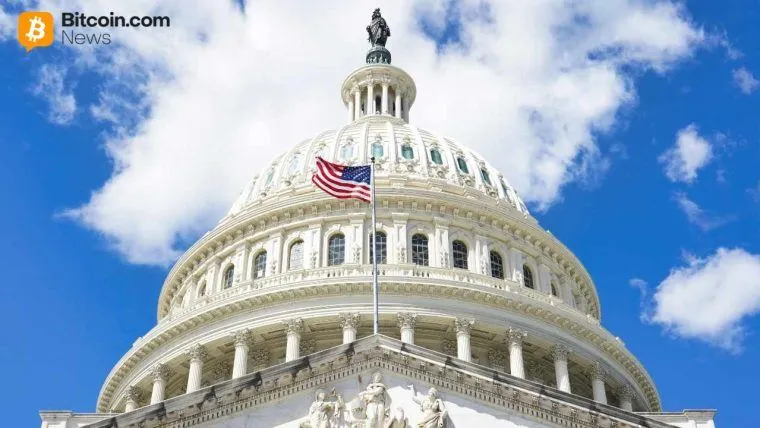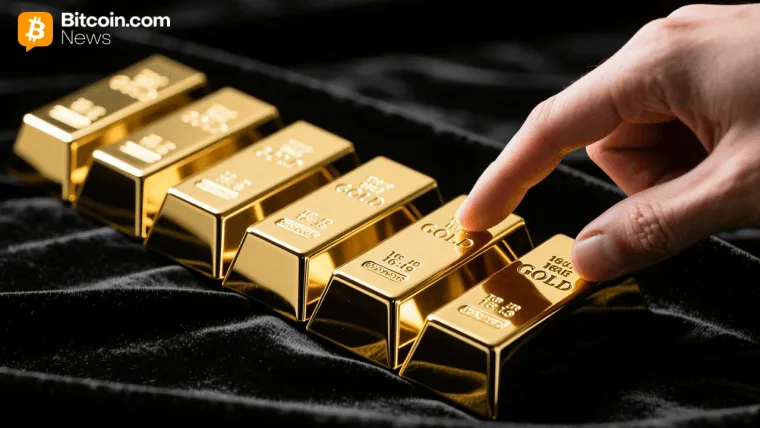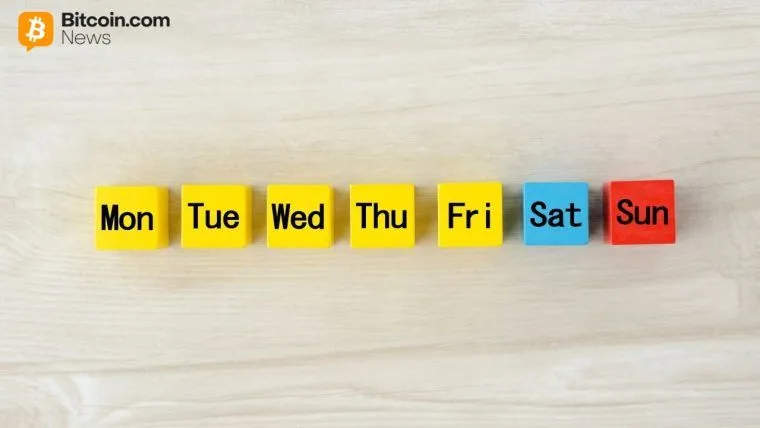Mitchell explained he spent $250,000 on the coins, calling his stash the “Nickel Standard.” The haul—equivalent to 25 metric tons of copper-nickel alloy—now sits safely sealed in mint boxes. Each Jefferson nickel is made of 75 percent copper and 25 percent nickel, and at today’s commodity prices, their melt value clocks in around 5.84 cents per coin—about 17 percent above face value.
Mitchell isn’t the first to make such a play; hedge fund manager Kyle Bass famously bought $1 million in nickels back in 2011. But Mitchell’s humor-infused announcement on X (formerly Twitter) struck a nerve, garnering tens of thousands of likes and turning the idea of “hard money” into a literal meme. As he put it, “It’s not crypto, it’s not stocks—it’s 5 million tiny claims on industrial metal the government accidentally subsidizes.”
Why Buy Nickels?
Mitchell argues that the U.S. Mint loses money making each coin because metal costs now exceed five cents. He believes eventually Congress will change the composition—just as silver was phased out of U.S. coins after 1964—creating a windfall for those holding the “last real” nickels. And let’s be honest—beyond gold and silver, every kind of metal seems to be flexing its gains these days; fiat just can’t keep pace.
At current spot prices—copper around $4.50 per pound and nickel at $8—the $250,000 face value stack carries roughly $292,000 in intrinsic metal value. Mitchell frames it as an “asymmetric bet” on monetary debasement: worst case, he still owns $250,000 in legal-tender coins; best case, the melt value or collector demand skyrockets.
The Law Says: Don’t Melt That Metal
There’s one catch. A U.S. federal law makes it a crime to mutilate or melt U.S. coins for profit. Violators can face five years in prison and $250,000 in fines. That means Mitchell can store his nickels or spend them—but not melt them down.
Still, some investors see a loophole in waiting: if the Mint changes nickel composition, old coins could gain collector premiums of 10–20 percent or more. Mitchell likens this to the “junk silver” coins that traded above face value once the metal was gone from circulation. His thesis echoes Bass’s 2011 comment to the Fed: “I just like nickels.”
The Internet Can’t Stop Talking About It
Mitchell’s October 19 thread on X quickly went viral, amassing 18,000 likes and 1,700 reposts within a day. Crypto and finance circles joined in, with memes about nickel fortresses, bank vault romance, and “sound money pickup lines.” Others launched copycat stunts like the Solana-based NICKELS meme token, which briefly hit a $436,000 market cap.
While some mocked the logistics of moving 55,000 pounds of metal, others applauded the play as a creative inflation hedge.
A Modern Echo of Silver Stackers
The comparison to pre-1965 silver coin collectors is apt. Those who held 90 percent silver coins saw 10-to-15x gains as metal values rose. Mitchell’s position follows the same logic—betting that industrial demand and currency devaluation will boost the real worth of metallic money the government can’t print.
Nickel’s importance in electric vehicle batteries has already created a supply deficit of roughly 300,000 tons worldwide in 2025. If nickel prices break above $10 per pound, each coin’s melt value could exceed seven cents—instantly making Mitchell’s vaulted stash worth well over $350,000.
Bass, the Blueprint
Kyle Bass’s Brinks-stored nickel hoard from 2011 is now worth roughly $1.36 million at melt value, though still untouched due to the melting ban. Mitchell’s approach is a spiritual sequel—same metal, same bet, new memes. And in true Texan fashion, he’s added his own flair.
“For people asking I have a 150 acre property with a huge detached garage. That’s where it’s stored,” Mitchell wrote. “Feel free to try and come steal it. I have many guns, cameras and you won’t be able to lift it all without breaking all of your bones. I also live here full time and trade stocks. And I also own other assets outside of this. You guys are being such sissies.”
The Nickel Standard Lives
To Mitchell, this isn’t madness—it’s math. He sees a future where physical metal outperforms paper promises. “Own physical nickels,” he writes. “It is the last true inflation hedge.” Whether the “Nickel Standard” proves brilliant or bonkers, Mitchell’s 55,000-pound bet will be still be considered historic and comical.
“Wait until you idiots see how many pre-1982 pennies I have,” Mitchell said in another post on X. “Same thesis as nickels. 90% copper and melt value is higher than coin value. I have something like 20,000 pounds of copper pennies.”
- Why did Kyle Mitchell buy 5 million nickels?
To hedge against inflation and bet that metal value will exceed coin face value. - How much do his nickels weigh?
The stash weighs about 55,000 pounds (25 metric tons) stored in a bank vault. - Is it legal to melt nickels for profit?
No, federal law bans melting or exporting U.S. coins for metal gain. - What’s the current melt value of a nickel?
Around 5.84 cents each, or about 17 percent above face value as of October 2025.
免责声明:本文章仅代表作者个人观点,不代表本平台的立场和观点。本文章仅供信息分享,不构成对任何人的任何投资建议。用户与作者之间的任何争议,与本平台无关。如网页中刊载的文章或图片涉及侵权,请提供相关的权利证明和身份证明发送邮件到support@aicoin.com,本平台相关工作人员将会进行核查。




